Gaming PC OVEN: Intel Core I5-13400F with RTX 3070 Ti 8GB
د.ج 159.900,00 Original price was: د.ج 159.900,00.د.ج 154.900,00Current price is: د.ج 154.900,00.
Gaming PC OVEN
Specs:
- CPU: Intel Core I5-13400F
- Cooler: Intel Stock Cooler
- Motherboard: Biostar H610MHP
- R.A.M: Cuso 16GB 2X8 DDR4 3200Mhz
- SSD: Kingston NV1 PCIe NVME 3X4 250GB
- GPU: Gainward Phoenix Geforce RTX 3070 TI 8GB GDDR6 Used
- PSU: Hybrok 650w 80+ Bronze
- Case: Nox Fusion Raven 5x fans ARGB
Upgrade:
- CPU Cooler: Cooler Master Hyper 212 Spectrum V3 ARGB +6,500da
- CPU Cooler: DeepCool AG400 ARGB +7,500da
- SSD Nvme 512GB + 3,000 da
- SSD Nvme 1TB + 9,000 da
- PSU: Cooler Master MWE 650 Bronze V2 + 2,500 da
- PSU: Cooler Master MWE 750 Bronze V3 + 6,500 da
Warranty:
- 12 Months of warranty on all new parts.
- 5 Days of warranty on GPU.
Gaming PC OVEN
🔍 Spec Summary
| Component | Spec | Key Features / Notes |
|---|---|---|
| CPU | Intel Core i5‑13400F | 10 cores (6 Performance + 4 Efficient), 16 threads; base ~2.5 GHz, turbo up to ~4.6 GHz TechPowerUp+2Intel+2 |
| GPU | Gainward Phoenix RTX 3070 Ti (used) | Strong mid‑/high‑end card; very good for 1440p, solid 1080p and capable of entry 4K in some titles (especially with DLSS / quality scaling) TechRadar+1 |
| RAM | 16 GB (2×8 DDR4‑3200 MHz) | Decent amount; speed is fine; may limit in heavy multitasking, content creation, or in some newer titles. |
| Storage | Kingston NV1 250GB NVMe (PCIe 3×4) | Fast but small and the NV1 is a more budget model (lower write performance, likely DRAM-less). |
| Motherboard | Biostar H610MHP | Budget board; limited in expansion, cooling, overclocking; enough for current CPU/GPU, but less headroom. |
| Power Supply (PSU) | Hybrok 650W 80+ Bronze | Sufficient wattage for your GPU/CPU combo, but brand quality sometimes matters. Reliability, ripple, and over‑voltage protection could be concerns. |
| Cooling | Stock Intel Cooler + case with 5 ARGB fans | Stock cooler works, but with a GPU like the 3070 Ti, under load and prolonged sessions, temperatures & noise may rise significantly. |
⚙️ Performance Expectations
Here’s how this system is likely to perform in real-world scenarios, especially gaming, media work, etc.:
| Use‑Case | Performance Estimate | What You Can Expect |
|---|---|---|
| 1080p Gaming, High / Ultra | Very high FPS in most modern AAA titles. You’ll be easily above 120 fps in many non‐ray traced games. | |
| 1440p Gaming, High / Ultra | Strong performance. For many games, you’ll see 60‑90 fps, possibly higher depending on settings. Games with DLSS, FSR or similar upscaling will help push better frame rates. Some very demanding titles may require lower texture or shadow settings. | |
| 1440p Ray Tracing | Ok but expect more compromises. 3070 Ti can do RT, but heavy ray tracing (RT + high quality shadows, reflection, etc.) will pull down frame rates. Using DLSS / FSR will help. | |
| 4K Entry‑Level Gaming | In lighter / older games or with turned down settings + upscaling, you may reach ~60 fps. But full native 4K ultra will be a stretch. | |
| Multitasking / Streaming / Content Creation | i5‑13400F is solid; for streaming or video edit, you’ll be okay, but with only 16 GB RAM and modest storage, you’ll want to upgrade sooner if doing more. |
🔧 Bottlenecks & Weaknesses
-
Cooling: Stock cooler + GPU heat = could thermal throttle; noise will be higher.
-
Storage: 250 GB NVMe is small; filling up quickly, slow for large installs, load times.
-
PSU Brand/Quality: Important when GPU draws more; used GPU may have unknown wear or power draw. A high-quality PSU gives safety margin and stability.
-
RAM Capacity: 16GB works fine for many current games, but newer/growth titles or multitasking might demand 32GB.
-
GPU Used: Used GPUs may come with wear (thermal, driver history, possible faults); you’ll want to check condition / warranty. Also 8 GB VRAM, which in some future titles or very high texture settings might be limiting.
🚀 Upgrade Impacts (Your Listed Options)
Let’s see how each upgrade helps, roughly how much value it gives relative to cost, and which ones to prioritize.
| Upgrade Option | Approx Cost (in your DA) | Improvement / Benefit | ROI / Worth It? |
|---|---|---|---|
| CPU Cooler: Hyper 212 Spectrum V3 ARGB (+6,500 DA) | +6,500 | Better cooling, lower temps, quieter fans, more comfortable under load. Helps maintain turbo clocks more stably. | Good value. If noise or temps are bothering you, this is a solid pick. |
| CPU Cooler: DeepCool AG400 ARGB (+7,500 DA) | +7,500 | Similar benefits; possibly slightly better build or appearance. Marginally more cost. | Also good; pick whichever is more available / visually pleasing for you. |
| SSD NVMe 512GB (+3,000 DA) | +3,000 | More space for games + OS; faster load times; less swapping. | High value; inexpensive and very noticeable. |
| SSD NVMe 1TB (+9,000 DA) | +9,000 | Great for long term—store many games, fewer worries about managing space. | Worth it if you often install large games or plan to keep the system for years. But cost per GB is less efficient than 512 GB. |
| PSU: Cooler Master MWE 650 Bronze V2 (+2,500 DA) | +2,500 | Better reliability, stable output, safety features. | Very good value; relatively low cost for improved safety. Priority. |
| PSU: Cooler Master MWE 750 Bronze V3 (+6,500 DA) | +6,500 | More headroom: better for the 3070 Ti under load, plus future GPU upgrades. Less stress on PSU under peak loads. | Good if you plan to upgrade GPU later, or want extra margin. But if 650W is enough, the 650 Bronze V2 is more cost‑efficient now. |
✅ What to Prioritize
Given your build and the upgrade options, here’s the logical order to spend your upgrade budget for best improvement per DA:
-
PSU to a reliable brand (Cooler Master 650 Bronze V2 or 750 Bronze V3) — stability and safety are crucial with a high‑end GPU.
-
512 GB NVMe SSD — to avoid storage bottlenecks and give breathing room.
-
Better CPU cooler (DeepCool AG400 or Hyper 212) — to keep CPU cool under GPU load, reduce throttling, lower overall noise.
-
If budget allows, upgrade to 1TB SSD for long term space and convenience.
-
If planning future GPU upgrades or pushing high frame rates, the 750W PSU version makes sense.
🔎 Overall Verdict
With your current setup + used RTX 3070 Ti, you’re sitting in a very capable place:
-
1440p gaming is very comfortable for most titles. High/Very High settings will usually hit good frame rates; ray tracing or ultra settings may require compromises.
-
1080p will be very strong—likely overkill in many games, but excellent if you want high refresh (144Hz+).
-
Your CPU (i5‑13400F) is strong enough not to bottleneck generally, especially once cooling is improved.
If you make the right upgrades (PSU, SSD, cooler), you’ll have a build that feels smooth, stable, quieter, and more future‑proof. The used GPU is good, but do check its condition.

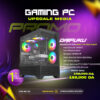
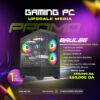


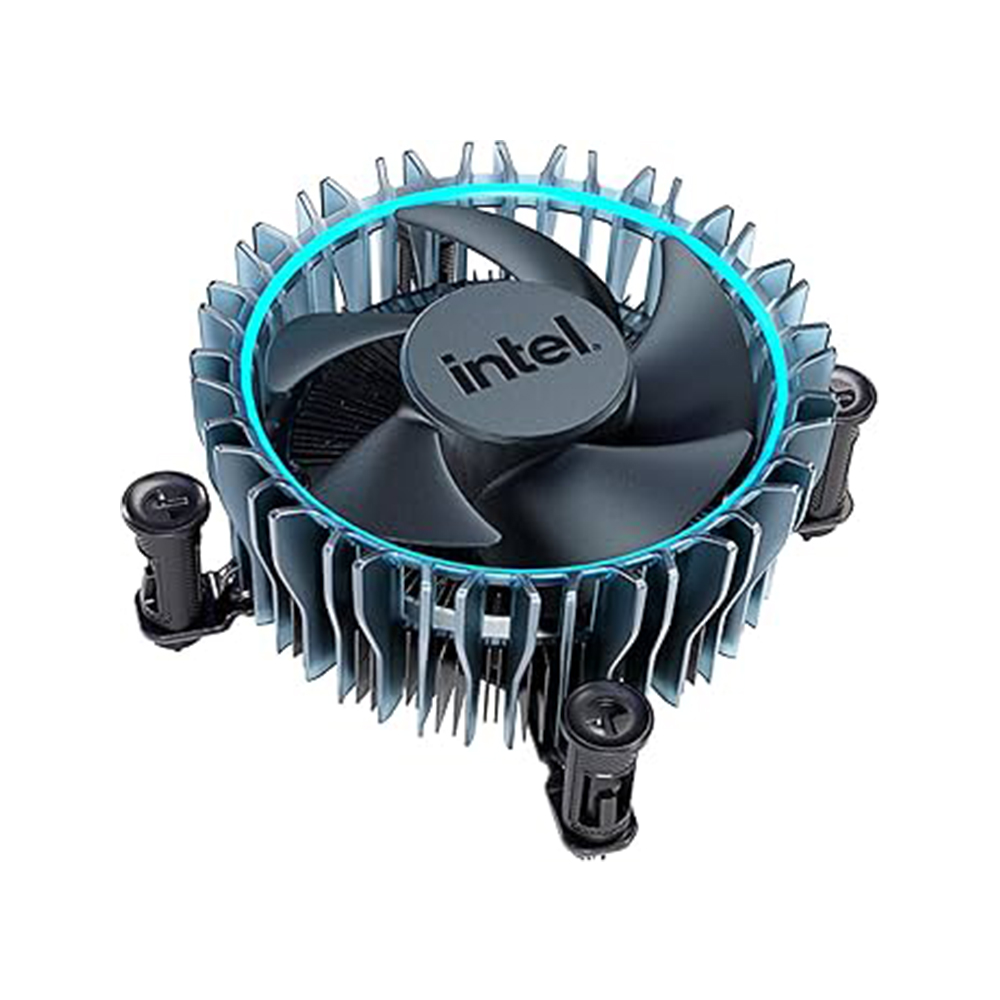
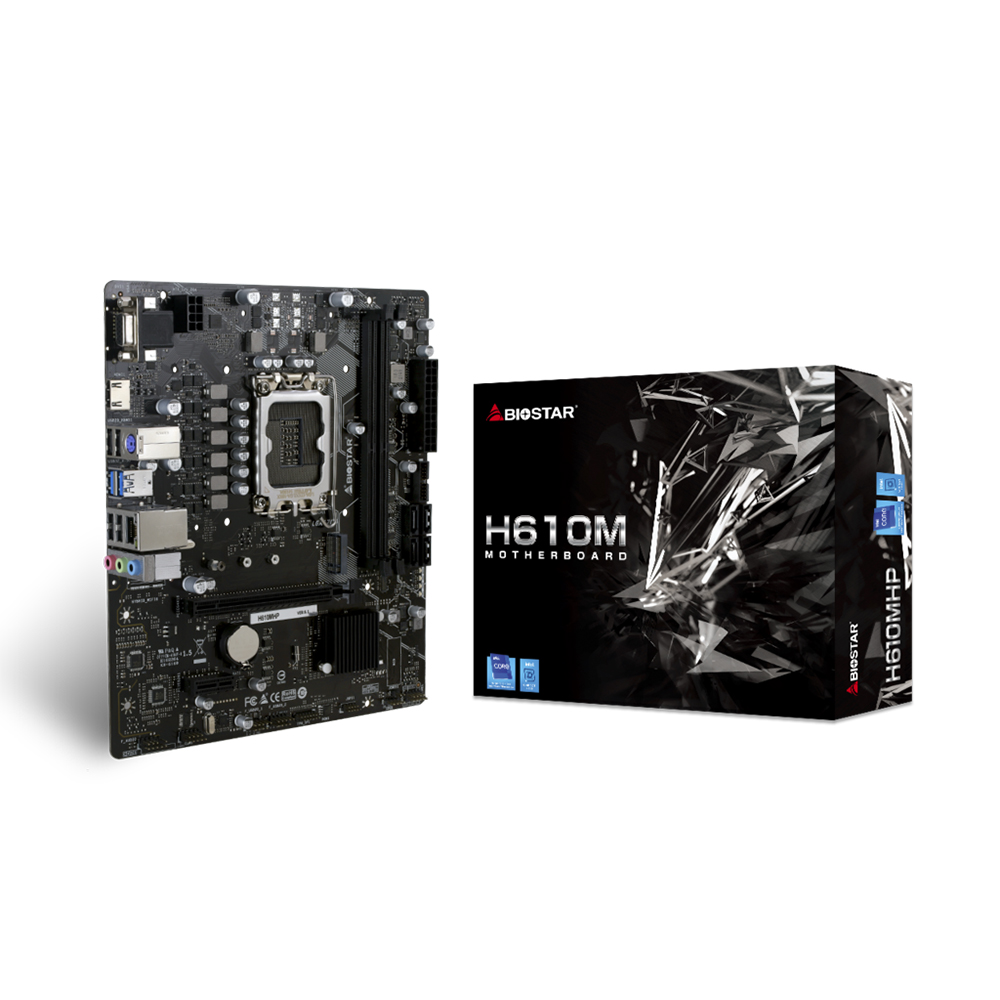
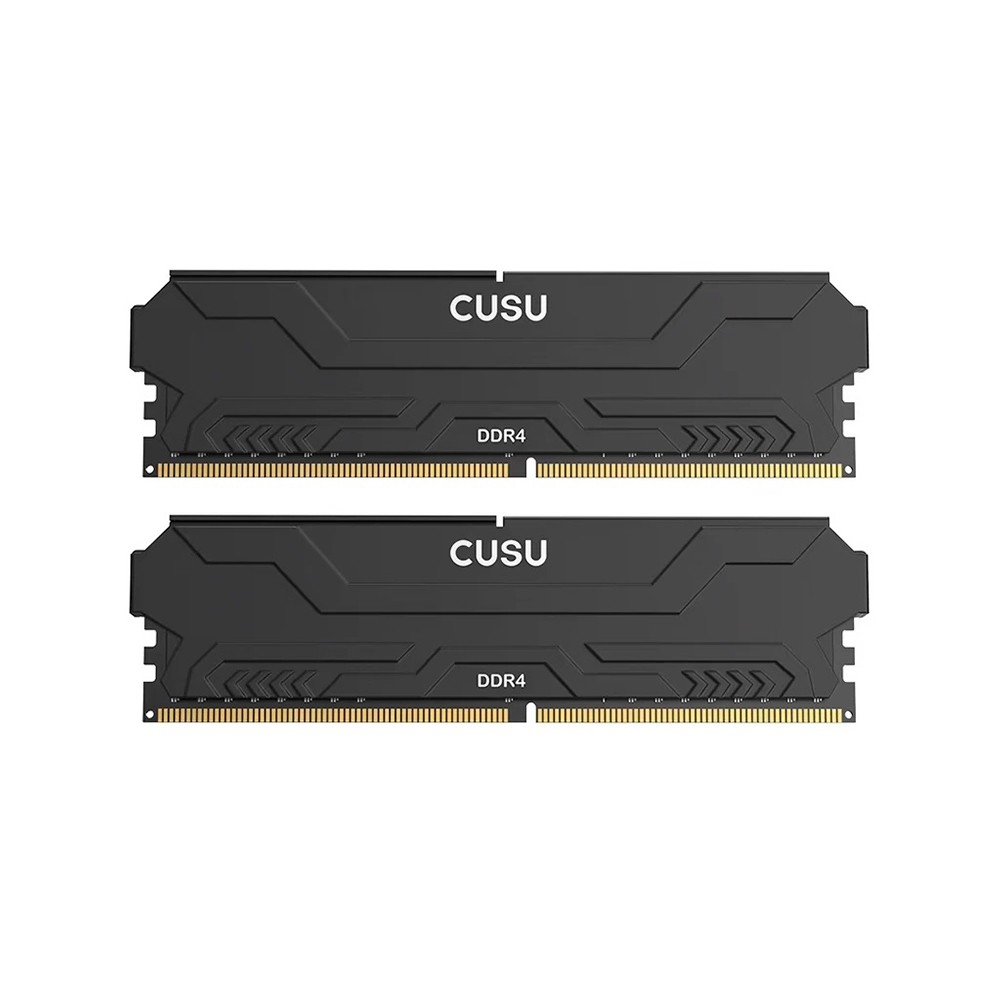
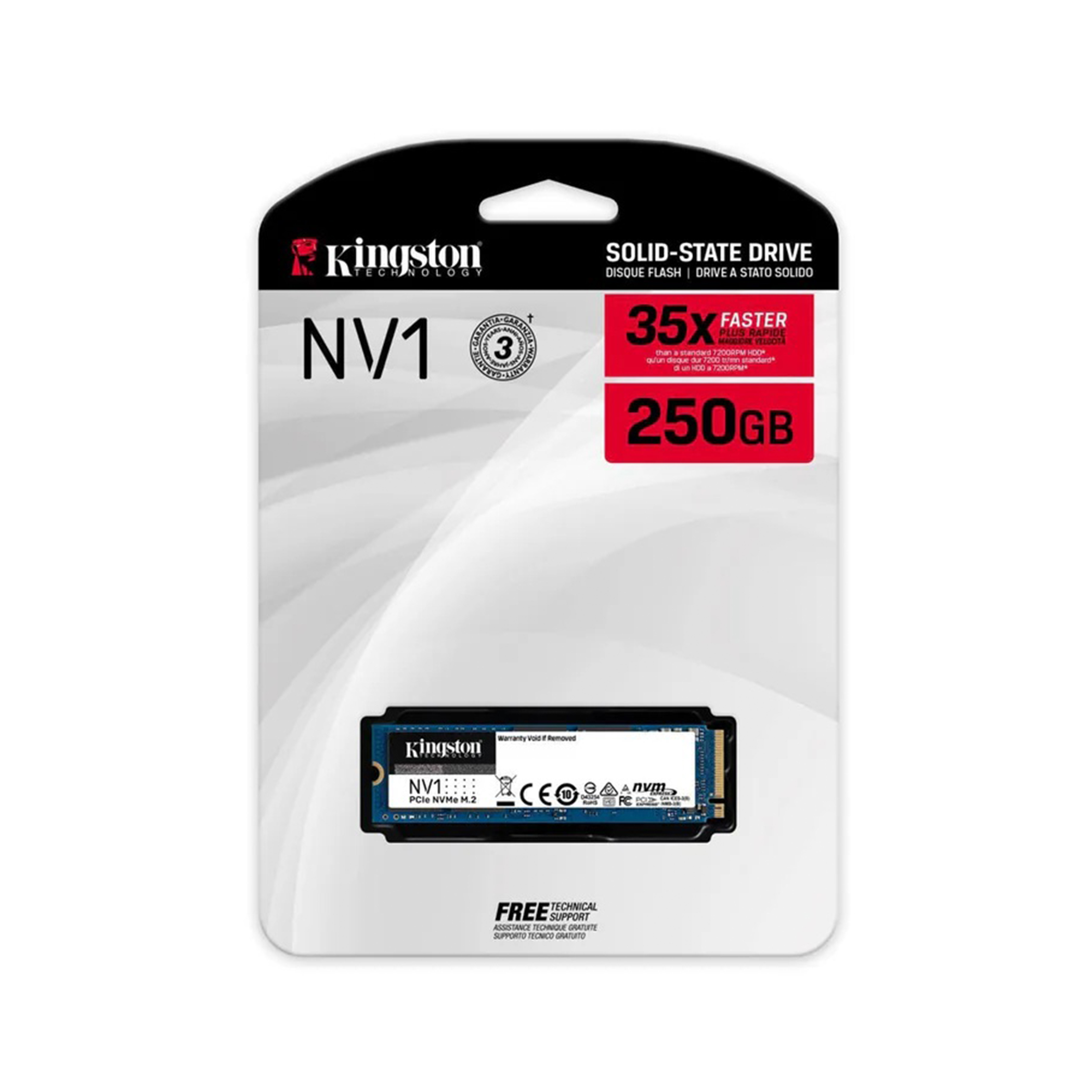

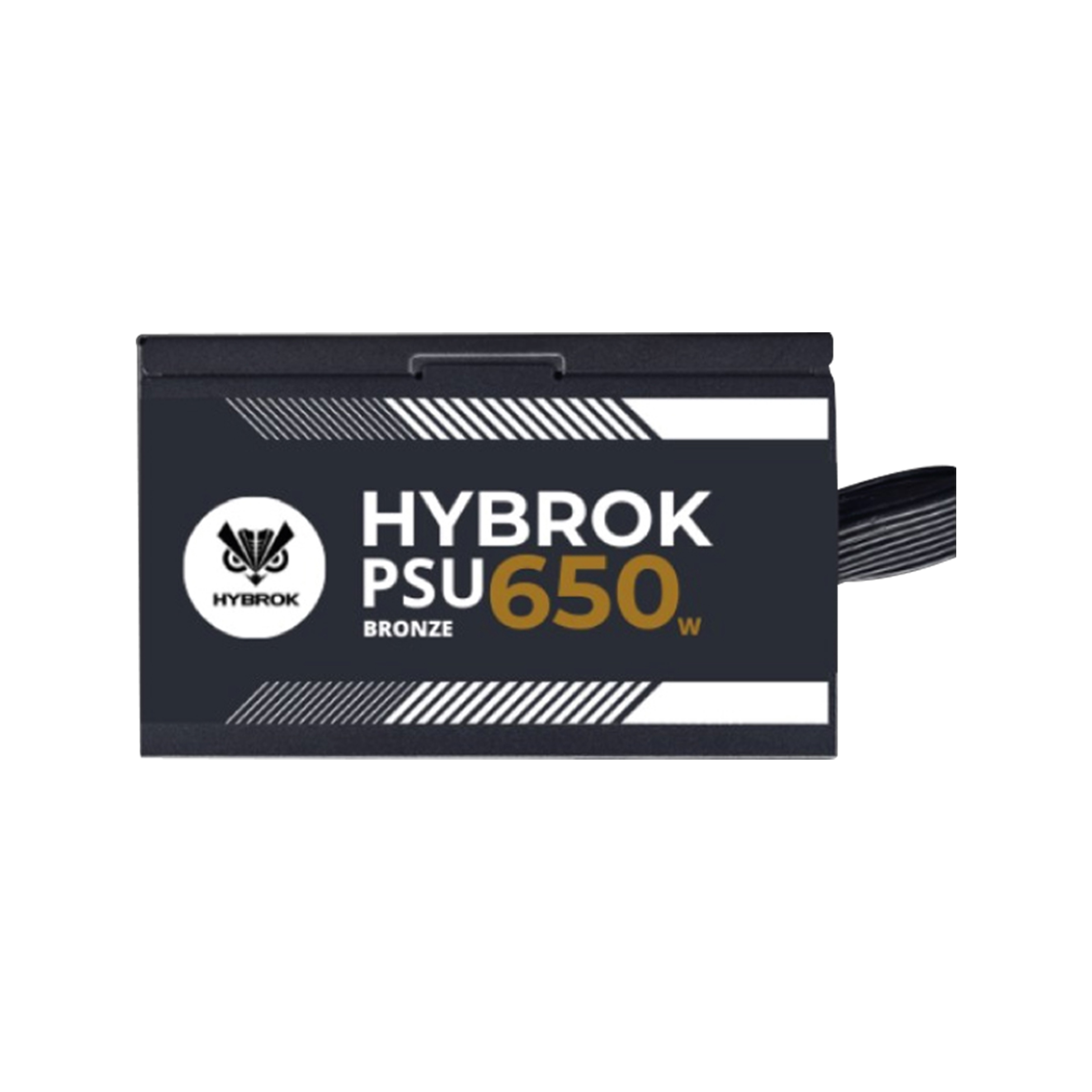
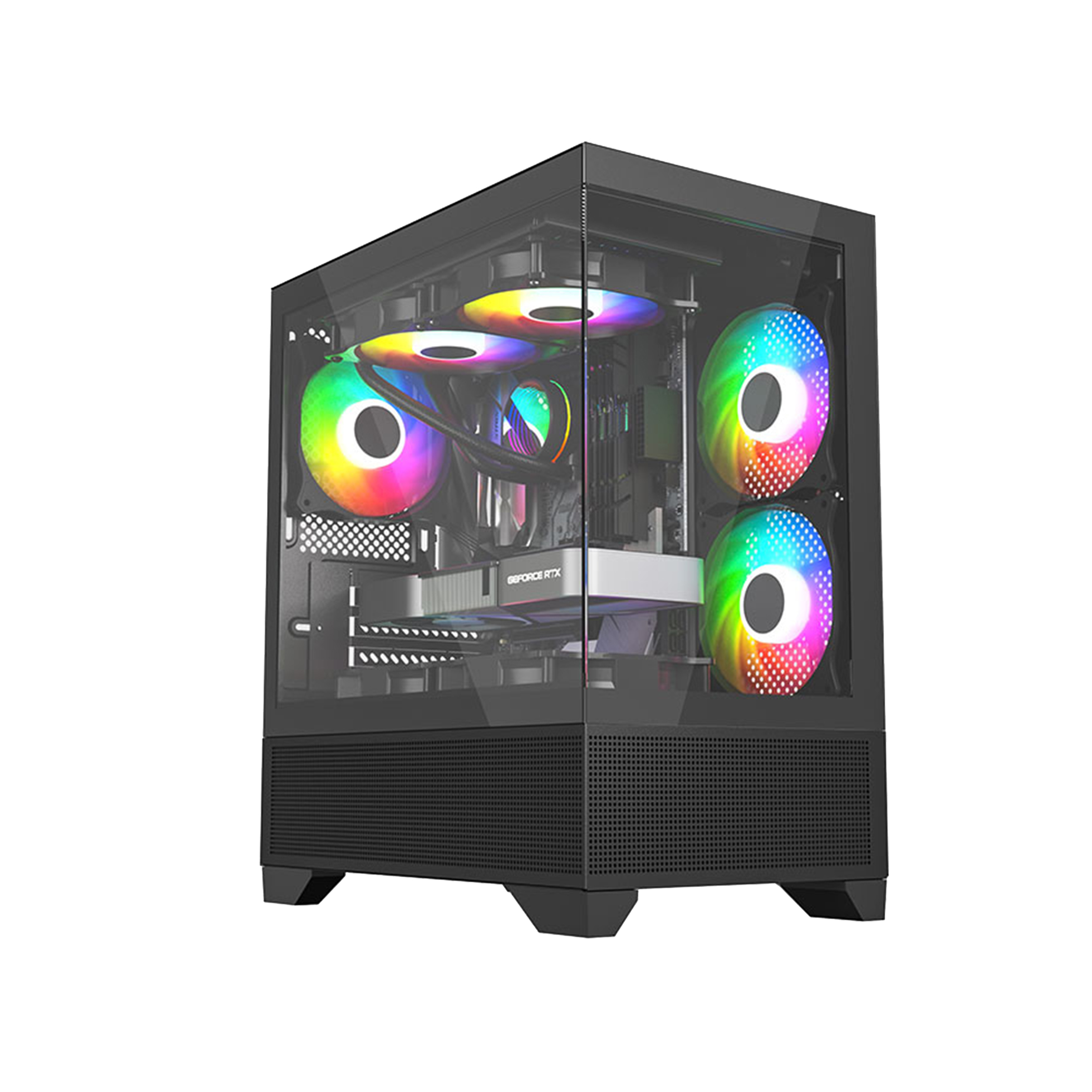



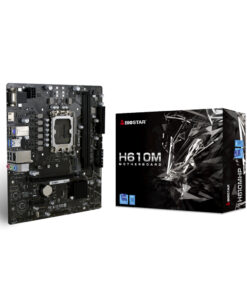
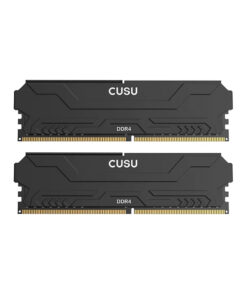
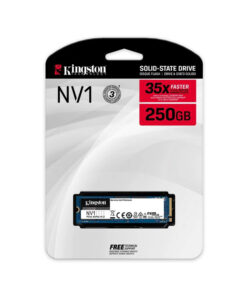
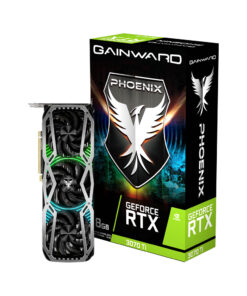
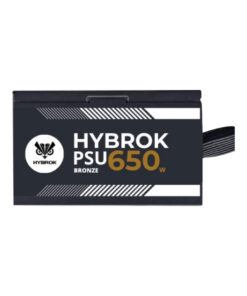
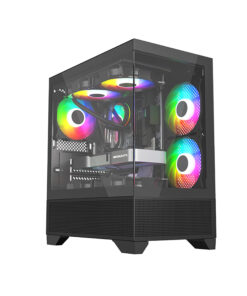
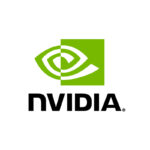
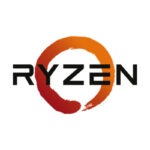


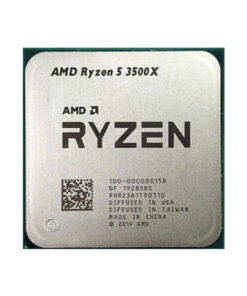

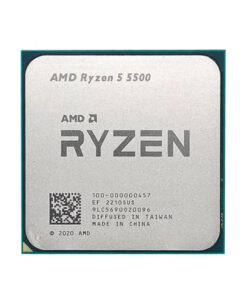
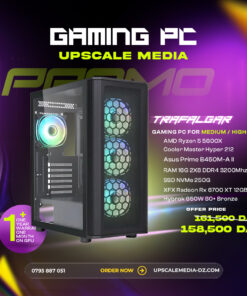
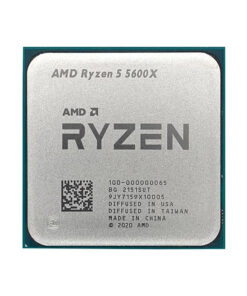




Reviews
There are no reviews yet.